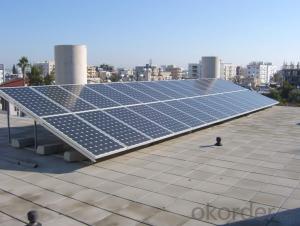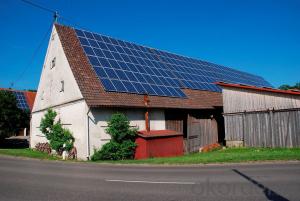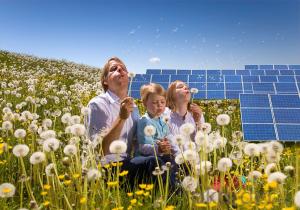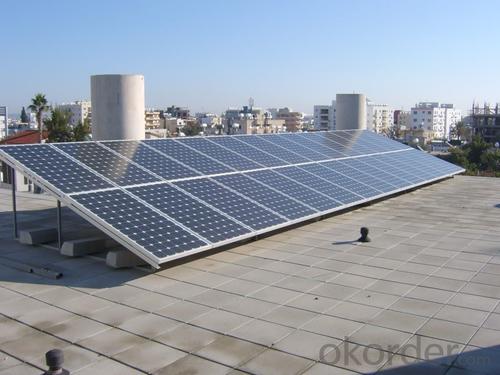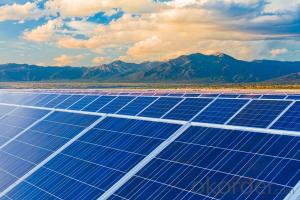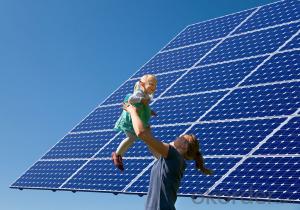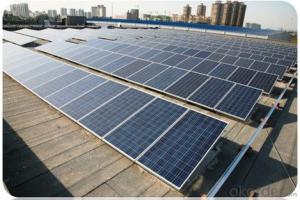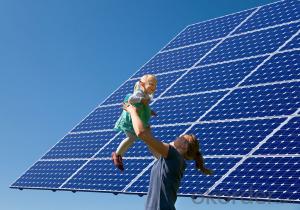Ake Solar Panels 260w Polycrystalline Silicon Solar Panels
- Loading Port:
- Guangzhou
- Payment Terms:
- TT OR LC
- Min Order Qty:
- 200000 watt
- Supply Capability:
- 20000000 watt/month
OKorder Service Pledge
OKorder Financial Service
You Might Also Like
Solar cell module production process
Line called packaging line components, packaging is the production of solar cells a key step in the packaging process without a good, multi-well battery is also not a good component of production boards. Battery package not only the battery life is guaranteed, but also to enhance the combat strength of the battery. Product quality and high service life is to win can be the key to customer satisfaction, so the quality of components of the package board is very important.
Process is as follows:
1, the battery test
2, positive Welding - Inspection –
3, on the back of cascading - Inspection –
4, laying (glass cleaning, material cutting, glass pre-processing, laying) –
5, laminating –
6, to flash ( to the side, cleaning) –
7, fitted border (glue, loading angle keys, punching, install box, scrub I glue) –
8, the welding junction box –
9, high-pressure test –
10, component testing -- -
11 appearance inspection, packaging and storage;
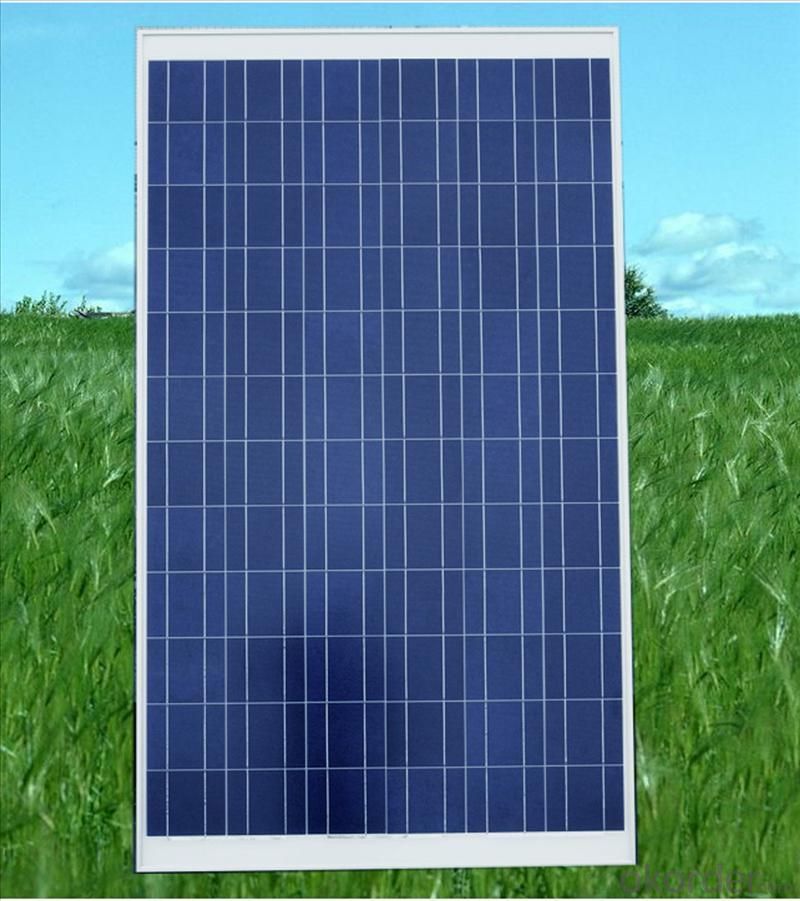
Data sheet
Maximum power | 260W |
Cell type(mm) | Polycrystalline solar cell 156*156 |
Number of cell(pcs) | 60(6*10) |
Manufacture site | China |
Open-circuit voltage(voc) | 37.6V |
Maximum power voltage(vmp) | 30.5V |
Short-circuit current(isc) | 8.95A |
Optimum operating current(imp) | 8.53A |
Power tolerance | 0~+5W |
Module efficiency | 16% |
Dimensions(mm) | 1640*992*40 |
Weight | 19 kg |
Backsheet | Silver |
Frame Colar | White |
Frame | Anodized Aluminum Alloy |
- Q: How can solar panels be integrated into building designs?
- Solar panels can be integrated into building designs in various ways, such as through rooftop installations, building-integrated photovoltaics (BIPV), solar facades, and solar windows. By incorporating solar panels into the design, buildings can generate renewable energy while minimizing the visual impact and maximizing energy efficiency.
- Q: How do solar panels affect wildlife?
- Solar panels can have both positive and negative effects on wildlife. On the positive side, solar panels can provide a habitat for certain species, such as birds or insects, as they can create shaded areas or serve as perches. Additionally, solar farms often have vegetation underneath or around the panels, which can attract and support a diverse range of wildlife. However, there are also potential negative impacts to consider. Large-scale solar projects can disrupt or destroy natural habitats, leading to the displacement or loss of certain species. Additionally, solar panels can pose a risk to birds and other flying animals if they are not properly designed or installed. Glare from the panels may also impact wildlife behavior or migration patterns. Overall, it is important to carefully plan and manage solar installations to minimize any negative impacts on wildlife while maximizing the benefits they can provide.
- Q: Can solar panels be installed on refugee camps?
- Yes, solar panels can be installed on refugee camps. In fact, they have been successfully implemented in many refugee camps around the world. Solar panels provide a sustainable and reliable source of electricity, which is crucial for powering lighting, charging mobile phones, running medical equipment, and other essential needs. Additionally, solar energy helps reduce the dependence on fossil fuels, lowers costs, and improves living conditions for refugees.
- Q: Are solar panels environmentally friendly?
- Yes, solar panels are environmentally friendly. They produce clean and renewable energy by harnessing sunlight, which reduces reliance on fossil fuels and decreases greenhouse gas emissions. Additionally, solar panels have a long lifespan and can be recycled, further minimizing their environmental impact.
- Q: Also, what's the solar panel's rate of producing electricity?
- Solar panels really can't compete with fossil fuels of any kind. They're great for low power consumption applications, but I doubt we'll ever see solar powered steel refineries or heavy manufacturing plants. A solar panel that produces 75 watts is about 62 x 33 (5 feet by almost 3 feet). 75 watts is enough to power a couple light bulbs; you'd certainly never cook anything on it. On the other hand consider how much heat and light is produced by a small natural gas fireplace or stove burner. It would take a lot of those 5 foot long solar panels to equal that.
- Q: Can solar panels power an electric car?
- Yes, solar panels can power an electric car. Solar panels convert sunlight into electricity, which can then be used to charge the batteries of an electric car. This allows the car to run on clean, renewable energy and reduces reliance on fossil fuels.
- Q: Photo-Voltaic solar panels are very expensive. Most of a home's energy needs are for heating water, heating and air-conditioning. All of these can be met with thermal solar collectors which are much less expensive. The thermal solar panels would heat water stored in a hot water tank which then can be used as hot water, to heat the home, or as the heat source to a Lithium Bromide Absorption chiller to air-condition a home. With the base line needs met without expensive panels and without inefficient energy conversions, only a small Photo-Voltaic array would be needed for the remaining power needs and since those needs are variable, there would still be power to sell to the grid.
- Just read some of the other posts and I am surprised at the answers. Solar thermal systems typically have a payback of less than seven years on residential system without the tax break. A complete system can be installed for about 5k or less. Compare that to 20k or more for PV with a fifteen to twenty year pay off. Each home and area is different so a site evaluation must be done for exact figures and pay offs. I am going off my own experience in my above statements Flat panel collectors work well in most areas for DHW. Evacuated tubes often run too hot which works well for some applications or high usage. Heating water is the single greatest energy usage other than space heating and cooling. It often surpasses the two above systems based on its widespread usage(every houshold in USA has one) and its the amount it is used(24/7@365) The amount of energy spent to heat water is by order of magnitude the greatest number out there. Having a solar thermal system providing hot water for a average American household is equivalent to taking 40,000 miles off the freeway in a car every year. The BTU's required to heat the water is huge. So why is this more developed cheaper and more efficient technology behind PV in awareness? Natural Gas the number one choice for heating water is cheap. It's by product is invisible and misunderstood. What I find fascinating is if you look at the increase in Natural Gas vs Electricity you will be surprised by how much it has jumped in the last seven years. It is not talked about nearly as much as electricity It does not get the same level of press that PV does. So in short the answer is cheap Natural Gas prices and public perception of this product have kept it off the list of many that are turning toward the green trend. It is less sexy than watching your meter spin backwards. It is the best improvement at the best cost except for conservation which is and was the most cost effective energy saving that can be employed
- Q: Can solar panels be installed on warehouses or industrial facilities?
- Yes, solar panels can definitely be installed on warehouses or industrial facilities. In fact, these large commercial buildings often have ample space on their roofs or surrounding areas, making them ideal locations for solar panel installations. By harnessing renewable energy from the sun, warehouses and industrial facilities can reduce their reliance on traditional energy sources, lower their electricity costs, and contribute to a more sustainable future.
- Q: Are solar panels noisy?
- No, solar panels are not noisy. They do not have any moving parts and therefore, do not produce any noise while generating electricity from the sun.
- Q: what percentage of sunlight is converted into electrical energy in a solar panel?
- Depends on the panel. On the order of 0% perhaps depending on you you measure it. More importantly, what they don't tell you is that more energy is consumed in the mining of necessary materials and the manufacturing process than one of the silly things can produce in a lifetime. Not that there isn't a place for solar panels. It just isn't a smart way to produce energy in large quantities just yet.
Send your message to us
Ake Solar Panels 260w Polycrystalline Silicon Solar Panels
- Loading Port:
- Guangzhou
- Payment Terms:
- TT OR LC
- Min Order Qty:
- 200000 watt
- Supply Capability:
- 20000000 watt/month
OKorder Service Pledge
OKorder Financial Service
Similar products
Hot products
Hot Searches
